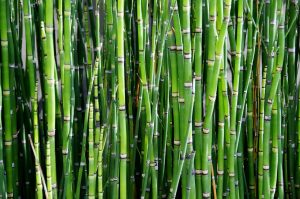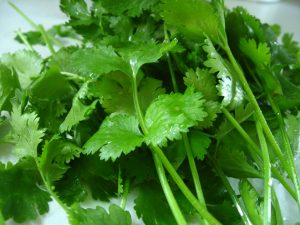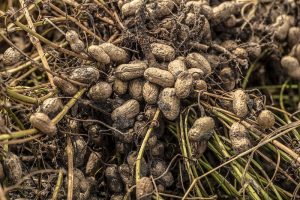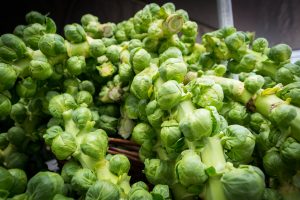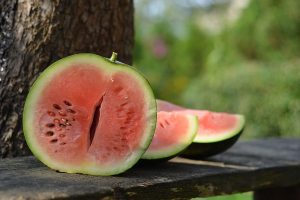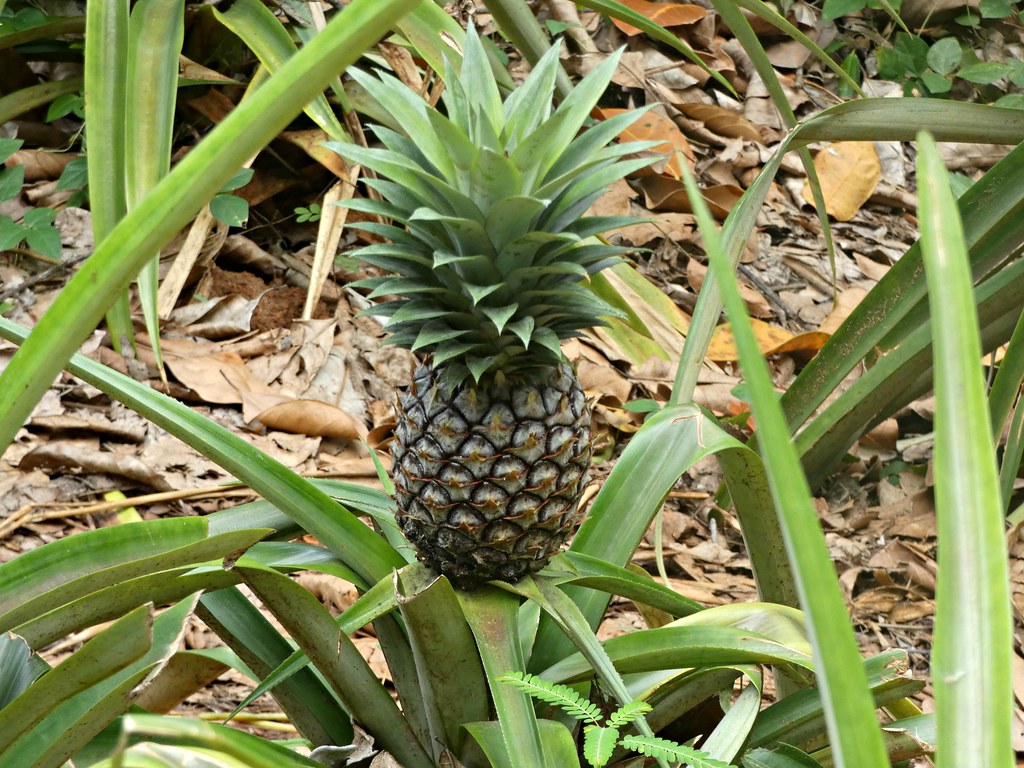
If you love pineapples and want to enjoy them fresh from your garden, you’re in luck! With the right knowledge and care, anyone can grow pineapples at home. In this article, we will guide you through the steps of growing your pineapple from start to finish. You’ll learn about the anatomy of a pineapple plant, how to choose the right variety, propagating pineapple plants, and planting and caring for your pineapple.
Understanding the Pineapple Plant
The pineapple plant is a fascinating plant with a rich history and a unique anatomy. It is a member of the bromeliad family, which includes over 3,000 species of plants. The pineapple plant is native to South America, where it has been cultivated for thousands of years. Today, it is grown all over the world, from Hawaii to Thailand.
Anatomy of a Pineapple Plant
The pineapple plant is made up of several parts, each with its own unique function. The crown is the leafy area on top of the fruit, and it is where new leaves and flowers emerge. The stem is the thick, scaly part that supports the fruit, and it is where the pineapple plant stores water and nutrients. The roots are shallow and spread out wide to capture water and nutrients from the soil.
But did you know that the pineapple plant is actually a multiple fruit? That’s right! The pineapple fruit is made up of many individual flowers that have fused together. Each “scale” on the pineapple fruit is actually a separate flower.
Ideal Climate and Growing Conditions
Pineapples require warm temperatures and plenty of sunlight to grow. They prefer well-draining soil with a pH level between 4.5 and 6.5. If you live in a cooler climate or don’t have access to a lot of sunlight, you can still grow pineapples by providing them with artificial lighting and warm temperatures.
But did you know that pineapples are also very sensitive to frost and cold temperatures? In fact, temperatures below 28°F can seriously damage or even kill a pineapple plant. That’s why it’s important to protect your pineapple plants during the winter months if you live in a colder climate.
Another interesting fact about pineapple plants is that they are very efficient at absorbing nutrients from the soil. This is because they have a unique root system that allows them to absorb nutrients quickly and efficiently. In fact, pineapple plants can grow in nutrient-poor soil and still produce healthy fruit.
In Conclusion
The pineapple plant is truly a remarkable plant with a unique anatomy and fascinating history. Whether you are a seasoned gardener or just starting out, growing pineapples can be a rewarding and enjoyable experience. With the right growing conditions and a little bit of patience, you can enjoy delicious, homegrown pineapples right in your own backyard.
Choosing the Right Pineapple Variety
Pineapples are a tropical fruit that are loved by many for their sweet and juicy flavor. There are several varieties of pineapples to choose from, each with its unique characteristics. When choosing the right pineapple variety, it is important to consider factors such as climate, fruit size, and taste preferences.
Common Pineapple Varieties
The Smooth Cayenne, Queen, and Gold are some of the most popular pineapple varieties. The Smooth Cayenne is the most commonly grown pineapple and is known for its sweet, juicy flesh. It has a cylindrical shape with a spiky crown and can weigh up to 10 pounds. The Queen and Gold varieties are smaller and have a sweeter taste than the Smooth Cayenne. The Queen pineapple is often referred to as the “lady pineapple” because of its smaller size and delicate flavor. The Gold pineapple has a yellowish-golden skin and is known for its extra-sweet taste.
Factors to Consider When Choosing a Variety
When choosing a variety, it is important to consider the climate in which you live. Pineapples thrive in warm, humid climates and can be sensitive to extreme temperatures. If you live in a hot, humid climate, you may want to choose a variety that can withstand those conditions. The Smooth Cayenne is a good choice for warmer climates because it is more tolerant of heat and humidity.
Another factor to consider is the size of the fruit you prefer. Pineapples can range in size from small to large, with some varieties growing up to 15 pounds. The Smooth Cayenne is a larger pineapple variety, while the Queen and Gold varieties are smaller. If you prefer smaller fruit, the Queen or Gold varieties may be a better choice for you.
Lastly, consider the taste of the variety. Some varieties are sweeter than others, and some have a more acidic flavor profile. The Smooth Cayenne has a sweet and slightly acidic flavor, while the Queen and Gold varieties are known for their extra-sweet taste. If you have a sweet tooth, the Queen or Gold varieties may be the perfect choice for you.
In conclusion, choosing the right pineapple variety depends on several factors. Consider the climate in which you live, the size of the fruit you prefer, and your taste preferences to find the perfect pineapple variety for you.
Propagating Pineapple Plants
Growing from a pineapple top
One of the easiest ways to propagate a pineapple plant is by using the top of a pineapple. Not only is it a simple process, but it’s also a great way to repurpose a part of the fruit that would otherwise be discarded. When choosing a pineapple to use for propagation, it’s important to select one that is ripe but not overripe. An overripe pineapple may have already started to rot, making it unsuitable for propagation.
To start, cut off the crown of the fruit, leaving about an inch or two of fruit attached. It’s important to remove any remaining fruit flesh from the crown, as this can cause rotting. Allow the crown to dry for a few days, then plant it in well-draining soil. It’s important to use a soil mix that is specifically formulated for cacti or succulents, as pineapple plants prefer soil that is on the dry side.
With proper care, including regular watering and fertilizing, the crown will begin to grow roots and a new pineapple plant will emerge. Pineapple plants are slow-growing, so it may take several months before the plant is large enough to produce fruit.
Starting from seeds
While starting pineapple plants from seeds can be more challenging than using a pineapple top, it is another option for propagation. Seeds can be found in the fleshy part of the fruit and should be extracted and planted in well-draining soil. It’s important to note that pineapple seeds are not always viable, so it may take several attempts before you are successful in growing a plant from seed.
Once you have extracted the seeds, it’s important to rinse them thoroughly to remove any remaining fruit flesh. After rinsing, allow the seeds to dry for a few days before planting them in well-draining soil. It’s important to keep the soil moist but not waterlogged, as pineapple seeds are susceptible to rotting.
With proper care, including regular watering and fertilizing, the seeds will begin to germinate and new pineapple plants will emerge. Like plants grown from a pineapple top, pineapple plants grown from seed are slow-growing and may take several months to produce fruit.
Purchasing a pineapple plant
If you’re not interested in propagating a pineapple plant from scratch, you can also purchase a mature plant from a garden center or nursery. When selecting a plant, be sure to choose a healthy one with green leaves and no signs of disease or pests. It’s also important to note that pineapple plants are tropical plants and require warm temperatures and bright, indirect light to thrive.
When you bring your new plant home, it’s important to acclimate it gradually to its new environment. Start by placing the plant in a location with bright, indirect light and gradually increase the amount of direct sunlight it receives over the course of several weeks. It’s also important to keep the soil moist but not waterlogged, as pineapple plants are susceptible to root rot.
With proper care, a purchased pineapple plant can provide you with fresh fruit for years to come.
Planting and Caring for Your Pineapple
Pineapples are tropical fruits that are not only delicious but also easy to grow in your own backyard. Whether you’re a seasoned gardener or a beginner, planting and caring for your pineapple plant can be a rewarding experience. Here are some tips to help you get started:
Preparing the Soil
Before planting your pineapple plant, it’s important to prepare the soil. Pineapple plants require well-draining soil that is rich in nutrients. To achieve this, mix a well-draining soil mixture with compost and peat moss. This will ensure that your soil has the necessary nutrients and structure to support your pineapple plant. Additionally, make sure your soil has a pH level between 4.5 and 6.5. This will help your pineapple plant absorb the necessary nutrients from the soil.
Planting the Pineapple Top or Seedling
Once you have prepared your soil, it’s time to plant your pineapple top or seedling. If you’re using a pineapple top, make sure it has been properly prepared. To do this, remove the lower leaves from the pineapple top, leaving only a few leaves at the top. Allow the pineapple top to dry for a few days before planting it in the soil.
Dig a hole deep enough to cover the root system, and place the top or seedling in the hole. Fill in the hole with soil and pat it down to ensure it’s secure. Make sure the soil is evenly moist but not waterlogged. Pineapple plants prefer well-draining soil, so be careful not to overwater them.
Watering and Fertilizing
Pineapple plants require regular watering and fertilizing to grow properly. Water your plant once a week, taking care not to overwater it, as pineapple plants are susceptible to root rot. Additionally, fertilize your plant every three to four months with a high-quality fertilizer specially formulated for pineapple plants. This will provide your plant with the necessary nutrients to grow healthy and strong.
Pruning and Maintenance
To maintain the health of your pineapple plant, it’s important to prune it regularly. Remove any dead or damaged leaves, and cut back any suckers that emerge at the base of the plant. This will help your plant focus its energy on producing fruit. Additionally, keep an eye out for signs of disease or pests, and take action immediately if you notice anything amiss. Common pests that can affect pineapple plants include mealybugs, scale insects, and spider mites.
With proper care and attention, your pineapple plant will grow into a beautiful and fruitful addition to your garden. Enjoy the sweet taste of your very own homegrown pineapple!
Conclusion
Growing a pineapple plant can be a rewarding experience for any gardener. By selecting the right variety, propagating your plant using a top or seed, and caring for your plant properly, you can enjoy fresh, juicy pineapples right from your backyard. With the tips and tricks outlined in this article, you’ll be well on your way to becoming a successful pineapple grower!

